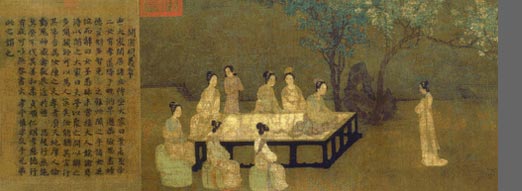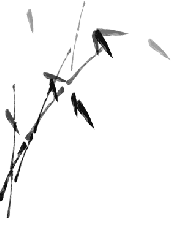|
The Yungang Caves are located approximately sixteen kilometres west of Datong in Shanxi Province and consists of a series of 53 caves. The caves are home to over 51, 000 stone sculptures that were completed during the Northern Wei Dynasty (460 -494 AD). The grottoes extend one kilometre from east to west and can be classified into three major categories.
The first group consisting of Caves 1, 2, 3 and 4 are at the eastern end separate from others. Cave 1 and Cave 2 have suffered from the rigors of time and being  exposed to the elements. Cave 3, is an addition added after the Northern Wei Dynasty and is the largest grotto among Yungang caves. exposed to the elements. Cave 3, is an addition added after the Northern Wei Dynasty and is the largest grotto among Yungang caves.
The second group of caves, 5 threw to 13 is where your tour normally begins.
The grandeur of Yungang art is very noticeable, particularly in this group of caves.
Cave 5 contains a seated Buddha with a height of 17 meters.
In Cave 6, standing in the centre of chamber is a 15-meter-high two-story pagoda pillar. Carvings in the pagoda walls and the sides of the cave illustrate the life of the Buddha from his birth to his attainment of nirvana.
The Bodhisattva is engraved in Cave 7.
In Yungang Cave 8 is an extremely rare statue of Shiva seen with eight arms and four heads and riding on a bull. Cave 9 and Cave 10 are notable for it's front pillars and figures bearing musical instruments.Musicians playing instruments also appear in Cave 12.Cave 11 has a square pagoda-pillar in its centre reaching to the roof. On its four sides are carved images of Buddha.
Cave 13 has the Buddha statue with a giant figurine supported its right arm.
The rest caves belong to the third group. Cave 14 has eroded severely. Cave 15 is named as the Cave of Ten Thousand Buddhas.
Caves numbering 16 to Cave 20 are the oldest in this complexes and each one symbolizes an emperor from the Northern Wei Dynasty and is were the subject of "Emperor is the Buddha" is embodied. The caves from No. 21 onward are built in the later times and cannot compare to their better-preserved counterparts.
 Features: Features:
Ppresent Chinese timber framework and painting which are basic characteristics of Chinese architecture.
 Architecture Styles: Architecture Styles:
feature characteristics and charms of: Imperial architecture, Religious architecture (Taoist, Buddhist), Garden architecture and General architecture(Hutong ,Siheyuan).
 Architectural Culture: Architectural Culture:
There is always deep relation between Architecture and Culture: It is certain you will learn some cultural facts in so-called Architectural culture in Fengshui and so-called Cultural architecture in Paifang.
|


 exposed to the elements. Cave 3, is an addition added after the Northern Wei Dynasty and is the largest grotto among Yungang caves.
exposed to the elements. Cave 3, is an addition added after the Northern Wei Dynasty and is the largest grotto among Yungang caves.